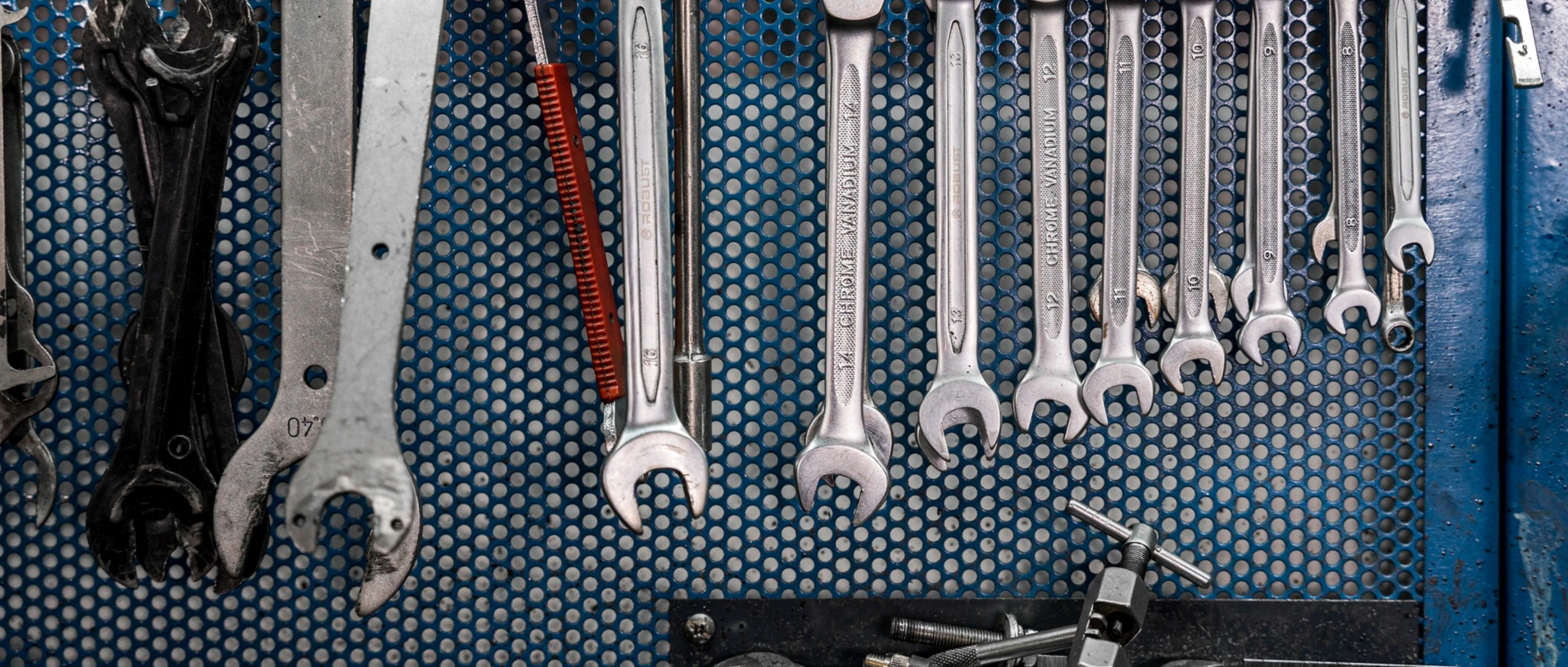Archive for May 2010Emergency Items for Your vehiclePosted May 21, 2010 12:00 PM
L and M Motors Inc How Your Check Engine Light WorksPosted May 19, 2010 10:00 AM
L and M Motors Inc Defensive Driving in Anchorage, AKPosted May 12, 2010 10:00 AM
There was a man in the Anchorage area who learned that most car accidents occur within a mile of home – so he moved. (Just kidding!) L and M Motors Inc | ||
SearchArchiveDecember 2009 (4)January 2010 (3) February 2010 (4) March 2010 (5) April 2010 (4) May 2010 (3) June 2010 (3) July 2010 (3) August 2010 (5) September 2010 (3) October 2010 (3) November 2010 (4) December 2010 (4) January 2011 (4) February 2011 (4) March 2011 (52) April 2011 (4) May 2011 (5) June 2011 (2) August 2011 (3) September 2011 (2) October 2011 (2) December 2011 (4) February 2012 (1) March 2012 (5) April 2012 (4) May 2012 (1) June 2012 (3) July 2012 (1) August 2012 (1) November 2012 (1) December 2012 (2) March 2013 (1) April 2013 (3) May 2013 (2) October 2013 (5) November 2013 (2) January 2014 (2) February 2014 (4) March 2014 (2) July 2014 (3) August 2014 (8) September 2014 (4) October 2014 (5) November 2014 (4) December 2014 (4) January 2015 (5) February 2015 (4) March 2015 (5) April 2015 (4) May 2015 (2) June 2015 (6) September 2015 (2) October 2015 (4) November 2015 (4) December 2015 (3) February 2016 (2) March 2016 (4) April 2016 (4) May 2016 (5) June 2016 (4) July 2016 (4) August 2016 (5) September 2016 (4) October 2016 (4) November 2016 (5) December 2016 (4) January 2017 (5) February 2017 (4) March 2017 (4) April 2017 (4) May 2017 (5) June 2017 (4) July 2017 (4) August 2017 (4) September 2017 (3) October 2017 (5) November 2017 (4) December 2017 (2) January 2018 (5) February 2018 (4) March 2018 (4) April 2018 (5) May 2018 (4) June 2018 (4) July 2018 (5) August 2018 (4) September 2018 (5) October 2018 (4) November 2018 (4) December 2018 (5) January 2019 (5) February 2019 (3) March 2019 (4) May 2019 (2) June 2019 (5) July 2019 (2) August 2019 (2) September 2019 (3) October 2019 (5) November 2019 (4) December 2019 (5) January 2020 (5) February 2020 (4) March 2020 (5) April 2020 (1) May 2020 (2) June 2020 (1) July 2020 (1) August 2020 (5) September 2020 (4) October 2020 (4) November 2020 (5) December 2020 (4) January 2021 (6) February 2021 (4) March 2021 (4) April 2021 (4) May 2021 (5) June 2021 (4) July 2021 (4) August 2021 (5) September 2021 (4) October 2021 (5) November 2021 (4) December 2021 (4) January 2022 (6) February 2022 (4) March 2022 (4) April 2022 (4) May 2022 (5) June 2022 (4) July 2022 (5) September 2022 (4) October 2022 (5) November 2022 (4) December 2022 (4) January 2023 (5) February 2023 (4) March 2023 (4) April 2023 (5) May 2023 (4) June 2023 (4) July 2023 (5) August 2023 (4) September 2023 (1) October 2023 (1) January 2024 (1) February 2024 (4) March 2024 (1) April 2024 (1) May 2024 (1) | CategoriesMaintenance (56)Automotive News (8)Fuel System (48)Service Standards (12)Service Intervals (9)Parts (8)Tires and Wheels (40)Transmission (11)Steering (15)Dashboard (3)Monitoring System (3)Battery (20)Cabin Air Filter (9)Brakes (22)Drive Train (9)Timing Belt (6)Shocks & Struts (9)Inspection (11)Windshield Wipers (9)Headlamps (7)Cooling System (21)Fluids (17)Winter Prep (8)Tire Pressure Monitoring System (1)Shocks and Struts (2)Engine Air Filter (3)Serpentine Belt (7)Warranty (2)Alignment (18)Check Engine Light (7)Air Conditioning (17)Exhaust (13)Differential Service (4)Trip Inspection (4)Older Vehicles (5)Safety (6)Diagnostics (5)Fuel Economy (10)Suspension (3)Keys to a long lasting vehicle (4)Diesel Maintenance (1)Emergency Items (1)Auto Safety (6)Fuel Saving Tip: Slow Down (2)Alternator (6)What Customers Should Know (81)Tire Rotation and Balancing (3)Oil Change (7)Wheel Bearings (1)Customer Detective Work (1)Safe Driving (1)Winter Tires (1)Tires (10)Spark Plugs (2)Water Pump (1)TPMS (3)Brake Service (4)PCV Valve (2)Fuel Pump (1)Transfer Case Service (1) | |

AUTONET TV

Testimonials

Christine is so helpful and the sweetest lady! These guys are amazing! They are honest about what is being done to your car and don't overcharge you like dealerships! I just moved up to Alaska and plan on using these guys forever. Definitely recommend their service and expertise.~ Brittani B.

So we started hearing a high pitched noise from the back brakes on a trip to anchorage from seward, after checking out another local shop who was extremely rude I jumped on yelp and stumbled across these lovely people. They got me in right away just to take a peek, saying they couldn't fit me in till later but would take a look just to see if it was still safe to drive and what to expect. They were curtious, friendly, honest and fair. I highly recommend this establishment! Thanks for getting us back to Seward safely xoxo~ Michelle D.





